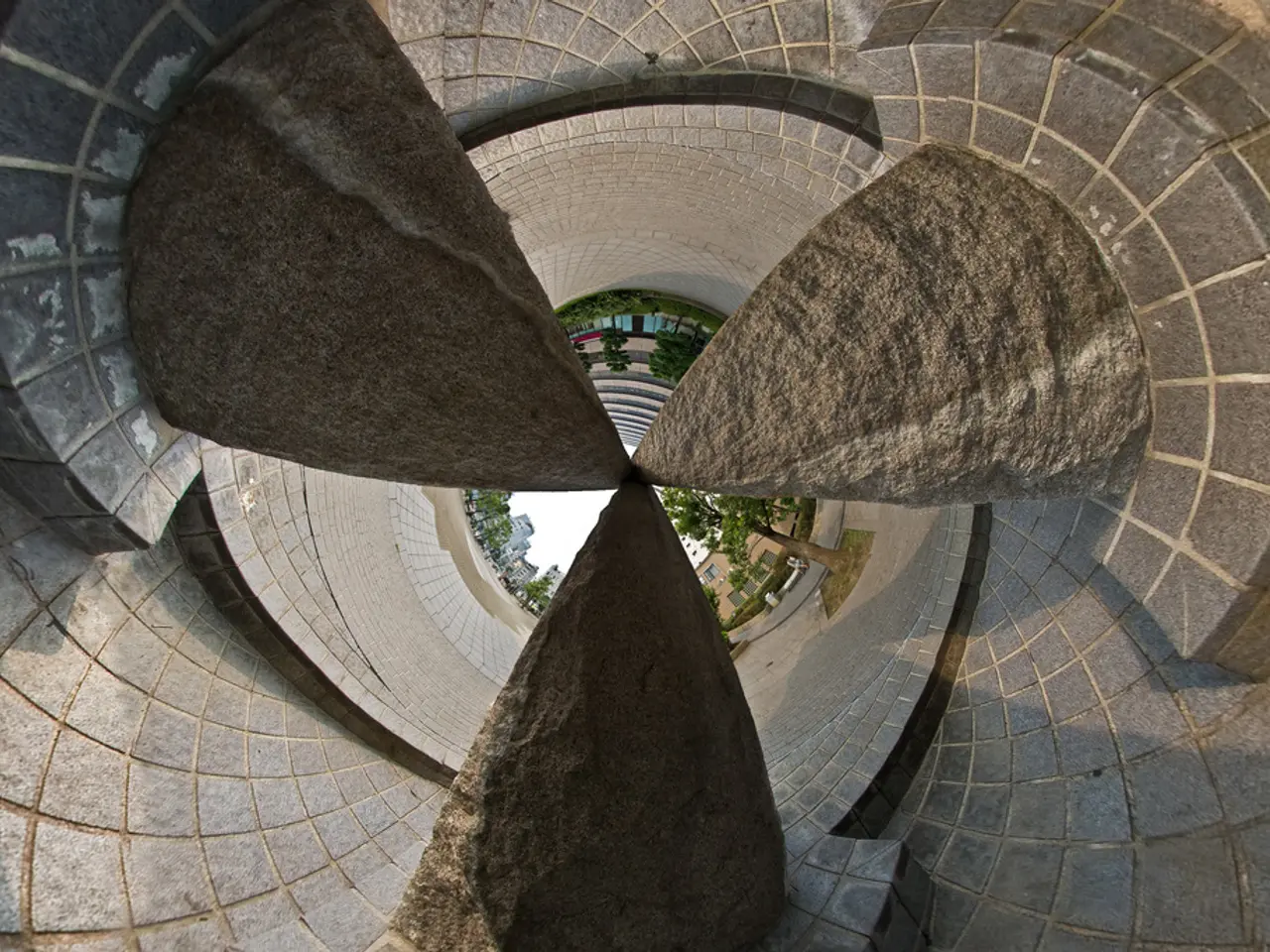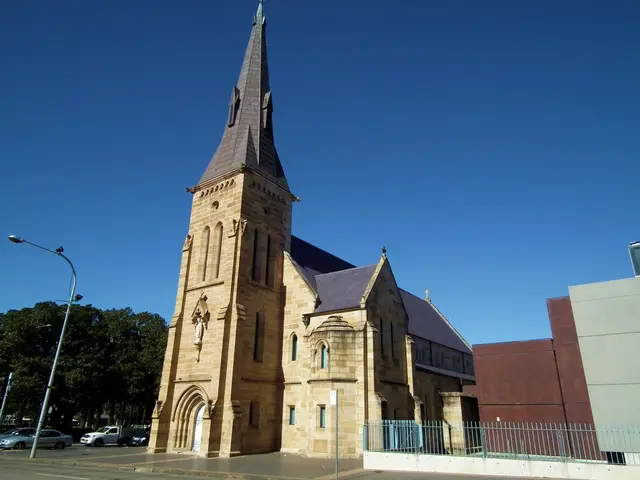Exposed bathroom designs with a raw, uncompromising aesthetic
======================================================================
In the world of interior design, brutalism—defined by raw concrete forms and stripped-back geometric components—has found a unique niche in the realm of bathrooms. This minimalist approach, which first gained prevalence in the 1950s and 1960s, has left a lasting impression on modern design.
Global Brutalist Bathroom Designs
One of the most notable examples of brutalist bathroom design is the Umbral public bathroom installation in Quito, Ecuador, by JGStudio Arquitectura. This temporary architecture exhibit uses prefabricated concrete elements to explore concrete’s fluid-to-solid transition, creating a compelling brutalist spatial experience.
Another influential brutalist bathroom interior is the Pedro Reyes House in Mexico City, which features hammered concrete walls, chunky furniture hewn from volcanic stone, and a lava-stone master bath and basin.
In Europe, the east London home designed by DGN Studio exudes calmness through a material composition that blends brutalist concrete with light-coloured wood. Across the continent, the Three Object Apartment in Athens, designed by DeMachinas, offers a contemporary interpretation of brutalist architecture.
The Essence of Brutalism in Bathroom Design
Brutalist bathrooms often feature raw exposed concrete, matte black or dark metallic finish taps, frameless backlit geometric mirrors, and minimalist accessories. These designs emphasize function over form with minimal decoration, showcasing rough industrial materials like concrete and steel alongside strong geometric shapes to create bold, uncluttered spaces.
The bathroom of the Three Object Apartment, designed by DeMachinas, features smooth concrete walls and timber detailing, while the bathroom of Star House in Kaohsiung, Taiwan, comprises concrete volumes stacked on top of each other. The Australian beach house by Matt Goodman, on the other hand, is wrapped in large grey tiling and features a large minimalist wet room.
Eco-Brutalism and Beyond
Eco-brutalism, a sustainable take on the brutalist style, can be seen in projects like Nico Sayulita in Mexico, where the bathroom features a concrete built-in tub and a stripped-back, raw sink. The Jungle suite in Nico Sayulita showcases this eco-friendly approach further with a terracotta-hued bathtub.
The movement has also impacted hotel design, with Tsingpu, a 20-room boutique hotel located in Yangzhou, China, transformed by Neri&Hu Design and Research Office, featuring exposed concrete formwork in its bathroom area. Casa Mérida in Mexico offers a softer twist on brutalism in its bathroom area, with large skylights, raw concrete floorings and walls, and a bathroom with a large glass roof connecting residents with the natural surroundings.
The Legacy of Brutalism in Modern Design
Brutalism's raw honesty and emphasis on function over form have made it a lasting influence in modern design. From the Umbral installation in Quito to the Australian beach house by Matt Goodman, these examples collectively illustrate how brutalism in bathroom design manifests through materiality, bold geometry, and the raw honest expression of structure and function. This minimalist approach to design continues to inspire architects and designers worldwide, ensuring that the legacy of brutalism lives on in contemporary interiors.
Read also:
- Budget cuts at federal and state levels jeopardize advancements in fighting HIV and AIDS within Dallas County
- Understanding Prediabetes: A Precursory Condition to Diabetes
- Debating the legitimacy of Borderline Schizophrenia as a distinct mental health disorder?
- Strategies for managing osteoporosis sans medication: Key points to remember








